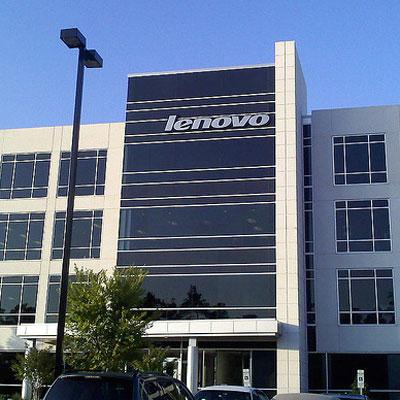Lenovo Expands Easy-To-Use VR And Devices To Conference Rooms And Classrooms

Solution providers looking beyond traditional client devices to solve customers' increasingly complicated requirements will find opportunities presented by new mobile technologies combining business capabilities with consumer-friendly features.
That’s the word from Stephen Miller, a Lenovo ambassador, who this week told solution provider members of Synnex’s Varnex community that office and education environments are rapidly changing, making them fertile grounds for channel partners shifting away from a focus on devices.
"Solutions and verticals are important to Lenovo, and hopefully to partners as well," Miller said.
[Related: Synnex Intros New Channel Partner Community Emphasizing Security, Networking AndCommunications]
Offices and education environments are changing, Miller said. Rather than traditional cubicles, employees are now more likely to see team rooms, and are likely to be working in their break rooms, he said.
For that reason, solution providers may want to bring customers new ways of meeting, Miller said. As an example, he cited Lenovo's new ThinkSmart Hub 500, a new video conferencing system with Microsoft Skype built in. The ThinkSmart Hub 500 includes a three-color LED ring that shows Skype status. Also featured are a 360-degree rotatable screen, Dolby Premium audio, a secure cable management door, and auto-on. It works with Microsoft PowerPoint, he said.
"It is far more cost-effective than any in the business," he said.
Looking forward, Miller said Lenovo plans to offer versions more suited for larger conference rooms, as well as models with other communications capabilities other than Microsoft Skype.
For the education market, Lenovo is moving to bring augmented reality and virtual reality into the classroom to meet the changing needs of students who have grown used to streaming audio and video and who are presenting a challenge to educators, Miller said.
"Teachers are ready for it," he said. "Students are ready for it. They want the solution."
The problem is, it is still early, Miller said. "My suggestion is to get involved now ... As you look into the next couple years, the numbers are doubling," he said.
Channel partners can start getting ready for it with Lenovo's new Mirage virtual reality video immersion headset which Miller said will be compatible with applications built for a wide range of industries from oil and gas to hospitality to higher education. For instance, if there is a pipeline leak, one person or a drone can go inside while others observe via virtual reality. Alternatively, he said, medical students can do repeated training without the need for a $1,500 cadaver.
For channel partners in the education market, Lenovo is preparing to offer the Lenovo VR Classroom Kit which includes one Lenovo tablet PC, three Mirage Solo Daydream headsets, a wireless router, and a case or cart. Miller said it would start shipping May. A single system can expand to up to 24 headsets.
For the classroom, Lenovo is now starting to offer new Chromebook that students can use with #2 lead pencils instead of an expensive stylus, he said.
Lenovo is moving in the right direction for a number of its products, but could be doing better, said Glenn Pubal, sales manager at Royal Business Equipment, an Elyria, Ohio-based solution provider focused on education and government and a Lenovo channel partner.
Virtual reality offerings like the Lenovo VR Classroom Kit are interesting, but the cost is an issue, Pubal told CRN.
"It is still priced out of the range of most schools," he said. "Twenty-four headsets at $300 per headset is expensive. For a school, virtual reality could take the place of a field trip. But the students expect to take a field trip together, and won't want to wait while only three can use the headsets at once."
Pubal said his company sells a lot of Lenovo Chromebooks, and new models that replace the stylus with a #2 lead pencil look really cool.
"Styluses are expensive at $20 to $30 each," he said. "If you lose one, it's tough. A pencil costs 50 cents, and it is a more natural writing device. I'm not sure if a pencil will hurt the screen over time. But Lenovo says it's easy to clean."